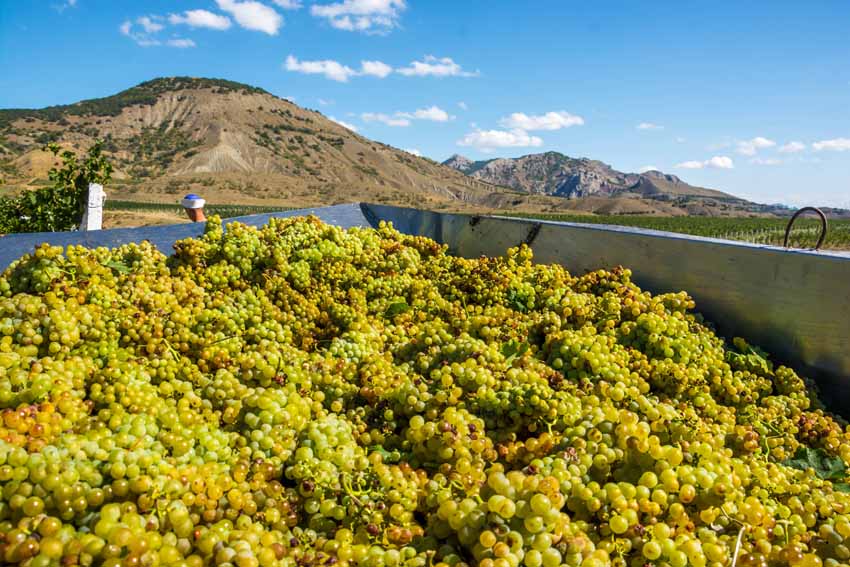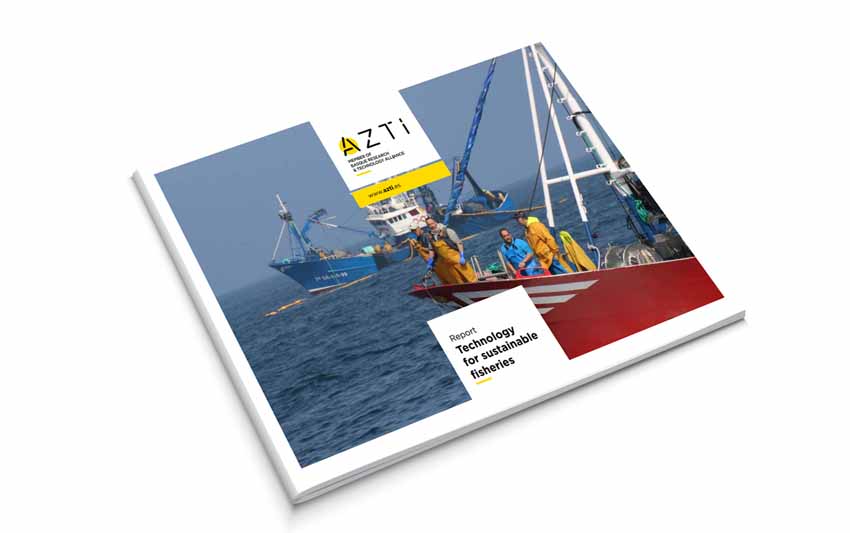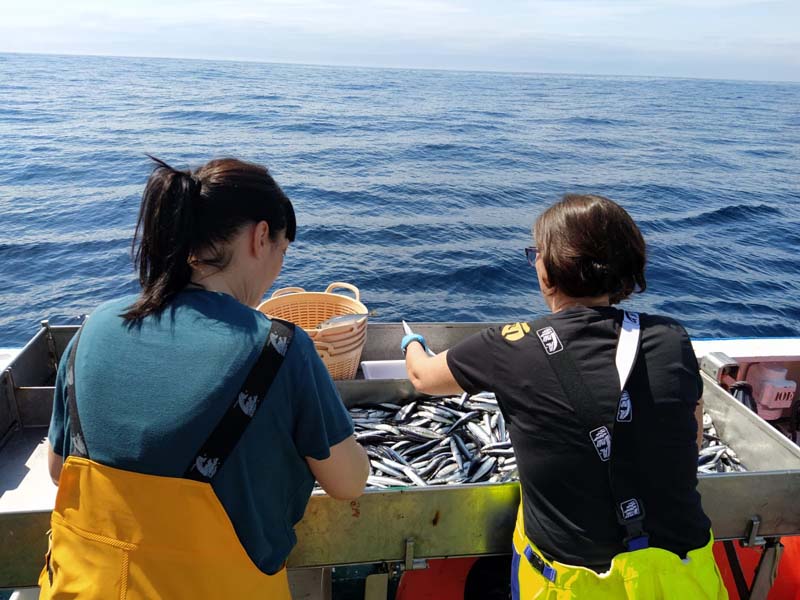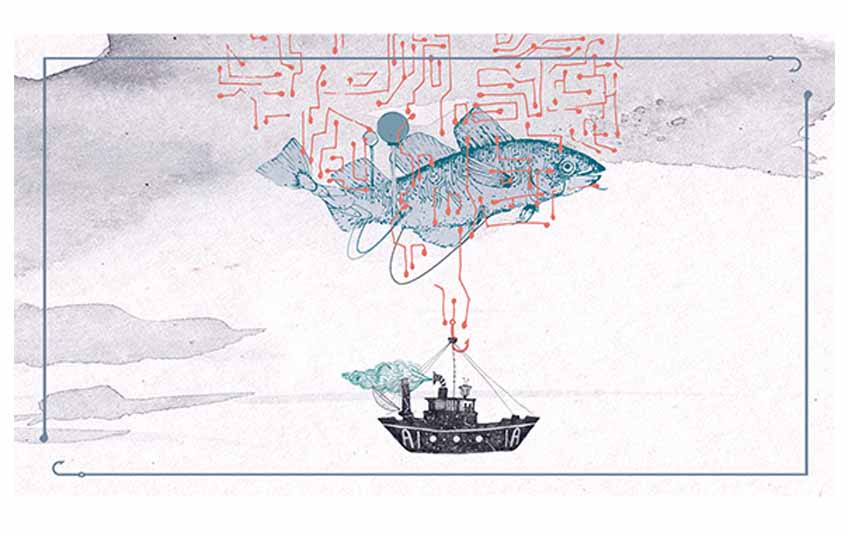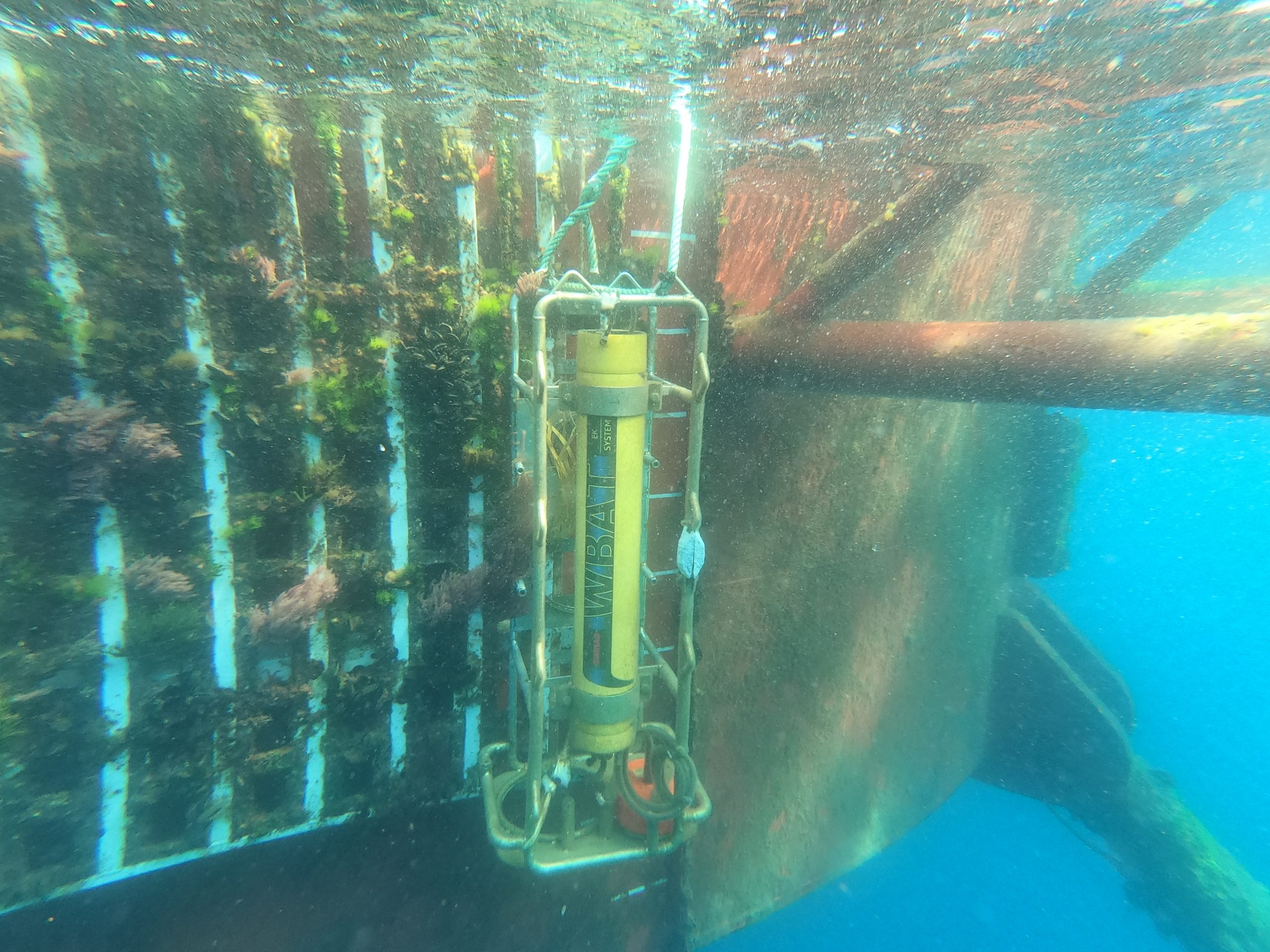New tools for monitoring and predicting the coastal impact of climate change
Últimas noticias
Una mirada LGTBIQ+ al reino animal
Circular Economy in Action: Valorisation of By-products through Projects like PRIMA NEWFEED
Strategic Perspectives: Highlights from the Food4Future World Summit for Business Leaders
- The AZTI technology centre has led the Marlit project to seek solutions to the risks generated in coastal populations due to global warming.
- The results include the development of tools based on videometry systems that allow different wave parameters to be measured, as well as their associated impact; a sensor that measures the impact force of waves on coastal structures or computer models capable of faithfully reproducing wave-by-wave flooding processes.
- The technologies are already being implemented in municipalities such as Biarritz, Bermeo, Donostia and Zarautz.
- The project, which has focused on the Basque coast, on both sides of the border, as well as on the Catalan coast, has lasted two years and has been co-financed by the European Regional Development Fund (ERDF) through the Interreg V-A Spain-France-Andorra Programme (POCTEFA 2014-2020).
Pasaia, 31 May 2022- The effects of global warming, such as the rise in the average sea level together with adverse meteorological phenomena, can have important consequences for the populations located on the coastal strip. For this reason, climate risk management in these areas has become a major challenge for public administrations.
In order to respond to this scenario, the AZTI technology centre has led the Marlit cross-border project for the last two years, 65% of which is co-financed by the European Regional Development Fund (ERDF) through the Interreg V-A Spain-France-Andorra Programme (POCTEFA 2014-2020).
The initiative has focused on improving and automating the current tools used to assess and predict the impact that storms have on the coast, so that progress can be made in the design of measures focused on mitigating their effects, both in the short and in the medium and long term.
Índice de contenidos
Study carried out on the Basque, Basque-French and Catalan coasts
On the one hand, during the study carried out mostly on the coast of the Basque Autonomous Community as well as on the Basque-French and Catalan coast, a large database has been developed that compiles detailed local information on the impact of storms on the coast; and, on the other hand, innovative technological tools have been designed, such as solutions based on videometry that make it possible to monitor the different parameters and impacts associated with waves during the course of a storm, or a sensor that measures the impact of waves on coastal structures. Likewise, work has been carried out on the development of computer models capable of faithfully reproducing wave-to-wave flooding processes.
“The combination of these data and solutions will allow us to assess in a pioneering way how coastal risk will progress on a local scale and will also enable us to identify specific measures to be implemented by the public administrations of each territory”, explains Pedro Liria, oceanography expert at AZTI and coordinator of the Marlit project.
An example of this is the case of Biarritz, where, “based on the results obtained in the Marlit project, an early warning protocol for waves and flooding has been implemented,” says Liria. In addition, “for Biarritz, we have also developed a method that allows us to analyse how often a storm will occur that entails predefined economic losses,” he adds.
In addition, the tools designed within the framework of the project are also being tested by localities such as Zarautz, Bermeo, Mutriku and Donostia through their use by Euskalmet.
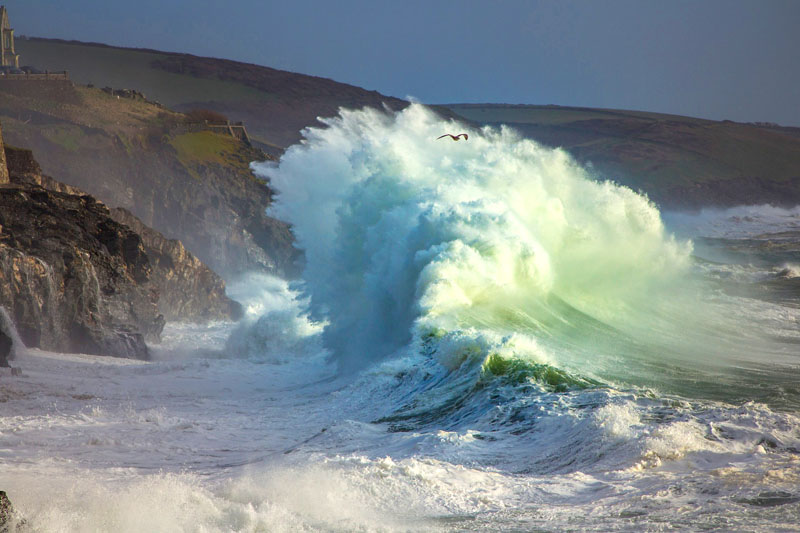
Catalogue of innovative measures
The research team has also worked on the identification and evaluation of measures to mitigate and reduce the impact of storms on the coast.
As a result, a catalogue of measures has been produced with an assessment of the feasibility of their application and a simulation of the economic cost to public administrations.
Among the actions studied in the short term are the use of sand to build dykes or barriers, dune fields or specially designed bags to slow down waves and limit their impact on coastal populations.
Led by AZTI, the Marlit project has involved a consortium formed by the Universitat Politècnica de Catalunya; the Rivages Pro Tech research centre; and the University of Pau et des Pays de l’Adour (UPPA). In addition, other associated partners have participated: Communauté d’Agglomération Pays Basque (APB); Basque Government – Euskalmet, Directorate of Emergency Attention and Meteorology of the Basque Government (DAEM); and the Cartographic and Geological Institute of Catalonia (ICGC).
